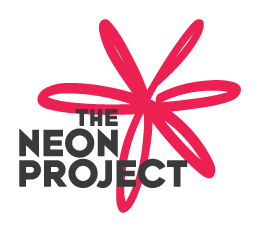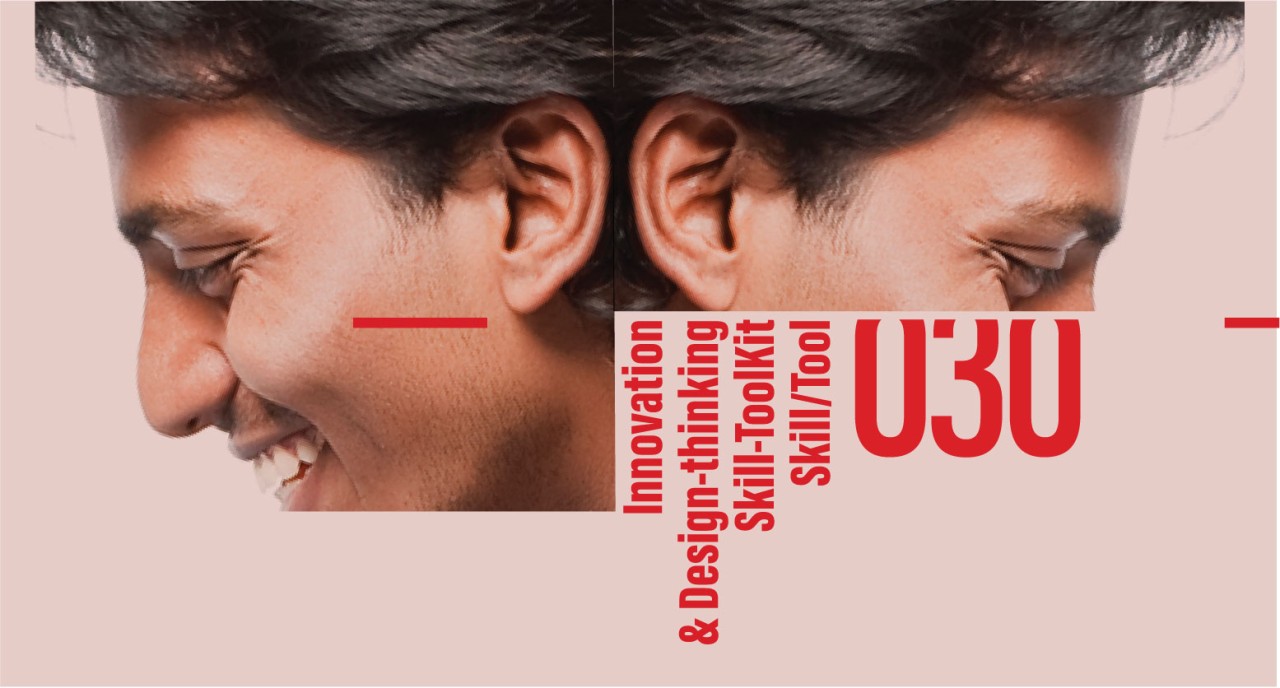Tool: Symmetry skill/tool
——
Why is the Taj Mahal so beautiful?
You ask this question to an architect and force him/her to answer it in one word. That word would be ‘Symmetry.’
——
Symmetry = Beauty
Symmetry = Pleasing proportions
Symmetry = Balance
Symmetry = Harmony
Symmetry is an important principle recurring throughout nature and human-made objects. Symmetry is all about harmony, balance, pleasing, proportions, rhythm, and equilibrium.
If symmetry is used strategically could be a powerful design tool. Designs that need more stability, a strong organized structure, and trust in its message tent to use more often symmetry design principles. Furthermore, there are four main types of symmetry, translation, rotation, reflection, and glide reflection.
—
1 Translation symmetry: to move an object without rotating or reflecting it.
Example: Audi Logo, a circle, is moved in a horizontal direction three times to achieve the logo shape.
—
2 Rotation symmetry: an object to turn it around and every rotation have a center and angle.
Example: Mitsubishi logo, a diamond shape, turned around clockwise twice to achieve the logo shape.
—
3 Reflective symmetry: an object produce its mirror image.
Example: Chanel logo, C initial mirrored to achieve the logo shape
—
4 Glide reflective symmetry: slide an object and then reflect it over a reflecting line.
Example: Fendi logo, F initial slid and reflected horizontally, later vertically to achieve the logo shape
——
Symmetry is not only limited to visual design or structural design. You could see symmetry in social interaction too. In social interactions, symmetrical-interaction sends the message ‘We are all the same’ oppose to asymmetrical interaction send a message that I am special, better than you.
Example: Generally, peer relations are based on symmetry. However, power relations are mainly based on asymmetry.
—
In conclusion, innovators and design thinkers must judiciously use the symmetry in communication-design, product-design, and structural-design. Furthermore, they must consider the factors of ‘symmetry in social interaction’ aspects while designing retail and public spaces too.



